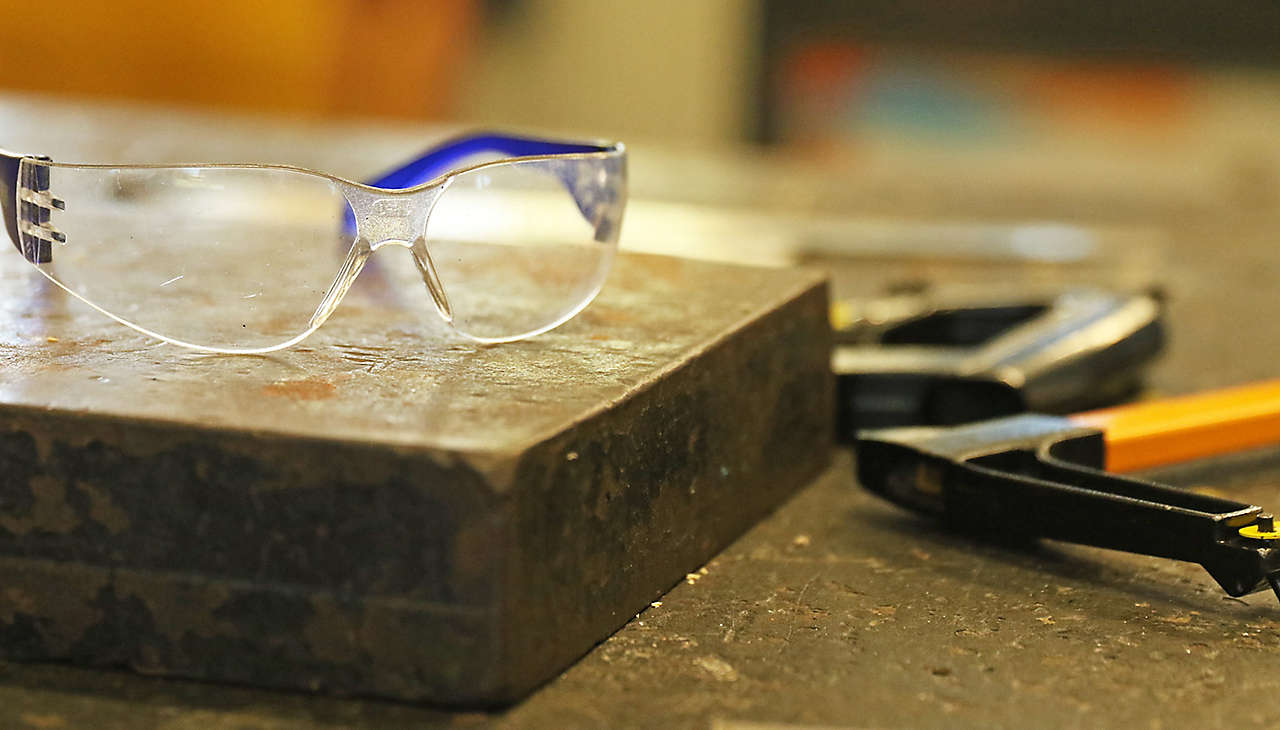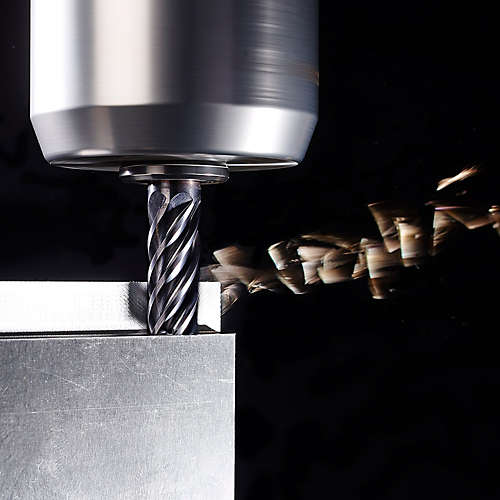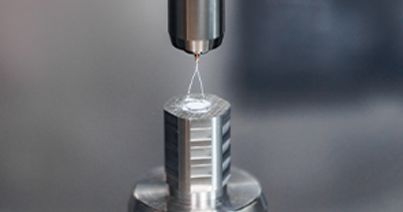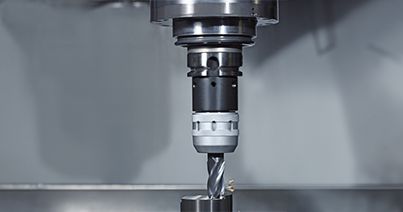
Safeguarding your workforce is essential for preventing injuries during machining operations. To ensure the safety of your workers in metalworking environments, it's critical to understand the hazards involved and implement a strategy that takes the necessary precautions.
Metalworking operations typically consist of high spindle feeds and speed rates of the cutter which increases temperatures and cutting forces. Without proper protection, workers can be injured from hot metal chips that soar off the workpiece, extremely loud noises can become present, or even conditions where there’s exposure to harmful chemicals.
Each of these factors can cause injury to your workforce and it's imperative that your organization meets Occupational Safety and Health Administration (OSHA) workplace safety and health standards. Here are some helpful tips on how to protect your workforce and prevent unnecessary hazards.
Personal Protective Equipment (PPE)
- One of the most important safety measures in metalworking is the use of Personal Protective Equipment (PPE). This includes eye protection, hand protection, hearing protection, and protective clothing. Your workforce should be trained on the appropriate PPE to use for their specific jobs and be provided with the necessary equipment.
- Safety glasses and goggles are imperative for protection from flying debris, chemical burns, or sparks. The National Institute for Occupational Safety and Health (NIOSH) reports that about 2,000 U.S. workers every day sustain job-related eye injuries.
- Use the proper gloves for the task at hand and avoid abrasions, burns, and cuts. Metalworking pieces are extremely sharp and cause severe damage when not wearing the proper hand protection.
- Exposure to loud and hazardous noises are often associated with metal-cutting environments and can permanently damage one’s hearing. Use earplugs or earmuffs to protect you from dangerously high noise levels.
Depending on the environment, workers should also avoid wearing loose clothing and wear garments that protect them from metal splashes, sparks, and radiant heat. In addition, using the proper face shields and footwear are important for protection.
Breathing and Skin Contact Hazards
When it comes to grinding carbide or other advanced cutting tool materials, the machining operation produces dust, debris, mist, or other harmful toxins that can contain metallic particles. Breathing this dust, debris, or mist, especially over an extended period can cause temporary or permanent lung disease, skin conditions, or damage to mucous membranes. They can even make existing medical conditions worse.
Some of the best ways to protect from breathing or skin hazards include using respiratory masks. They are available in several types, including disposable masks, half-face masks, and full-face masks. Each of these offers various levels of protection. Depending on your application and the level of protection needed, respirators designed with filters can remove contaminants such as dirt and debris from the air while others purify the air with cartridges or canisters which can filter out chemicals and gases.
Maintain Your Machining
Many variables affect machining operations and cutting tool safety is an important one. Drill bits, end mills, and taps can break or fail while being used if not thoroughly inspected or incorrectly used in a machine. So always make sure you use the tools recommended by the manufacturer and consistently inspect them before and after the job.
For example:modular milling systems are an ideal way to make sure your end mills are safely secure during milling operations. The clamping power of the system can prevent the pull out of the cutting tool from the chuck and prevent the spinning of the cutter.
In addition, safeguard your machines to make sure they protect workers from injury. Machine guards can be fixed, interlocked, or adjustable, depending on the machine and the specific task being performed. It's important to ensure that guards are properly installed and maintained. Your workforce should always be properly trained on how to operate and safely use the machines.

Metal Cutting Safety
Implementing a comprehensive metal-cutting safety strategy is a continuous process that should always meet OSHA requirements and protect your workforce. Since cutting tool technologies are always evolving so should your safety procedures. By maintaining standards for PPE, protection from breathing and skin contact hazards, and proper maintenance of machines and equipment, you make the right steps to meeting workplace safety and health standards and creating a safe and productive work environment.
For more information, read the applicable consult the General Industry Safety and Health Regulations, Part 1910, Title 29 of the Code of Federal Regulations.
Related Articles
- Micromachining: Exploring the Growth of Medical InnovationExplore micromachining and its relation to medical devices, the tools and materials used, and why manufacturing plays a vital role in this area.Explore micromachining and its relation to medical devices, the tools and materials used, and why manufacturing plays a vital role in this area.
- Buying Guide: Composite Materials Machining SolutionsWhen manufacturing composite materials, it is crucial to use top-notch equipment and techniques. Shop Kennametal's specialized tooling for composites now.When manufacturing composite materials, it is crucial to use top-notch equipment and techniques. Shop Kennametal's specialized tooling for composites now.
- Choose the Right Toolholder for Your Operations Choosing the right toolholder is critical for achieving precise and efficient machining results. Explore the fundamentals of toolholders and find out what you should know before choosing the right one for your operations.Choosing the right toolholder is critical for achieving precise and efficient machining results. Explore the fundamentals of toolholders and find out what you should know before choosing the right one for your operations.
- Essential Tips on Tool Holder Maintenance Mastering tool holder maintenance with these expert tips ensures precise machining, extends tool life, and enhances productivity. Learn more.Mastering tool holder maintenance with these expert tips ensures precise machining, extends tool life, and enhances productivity. Learn more.




